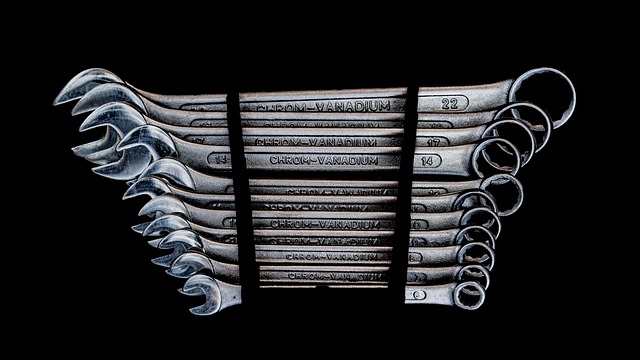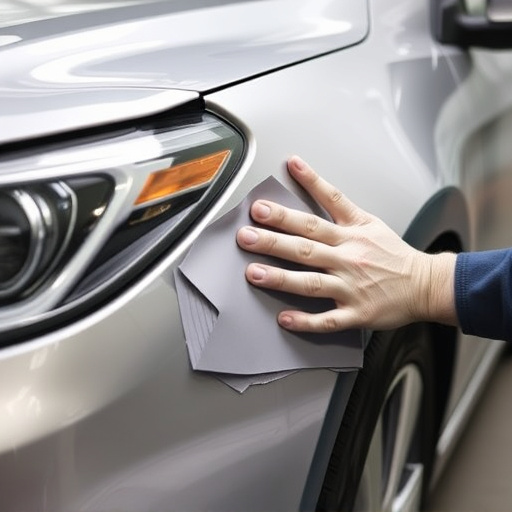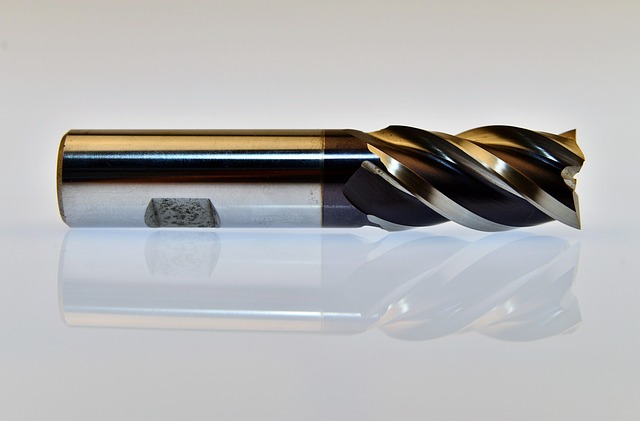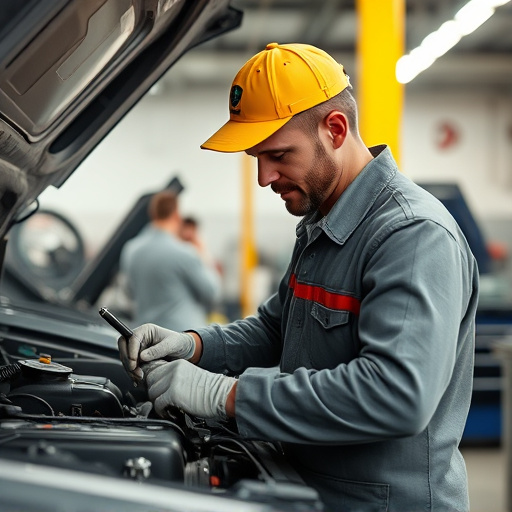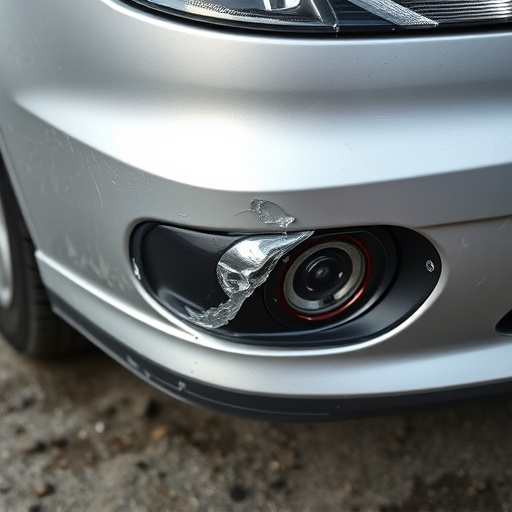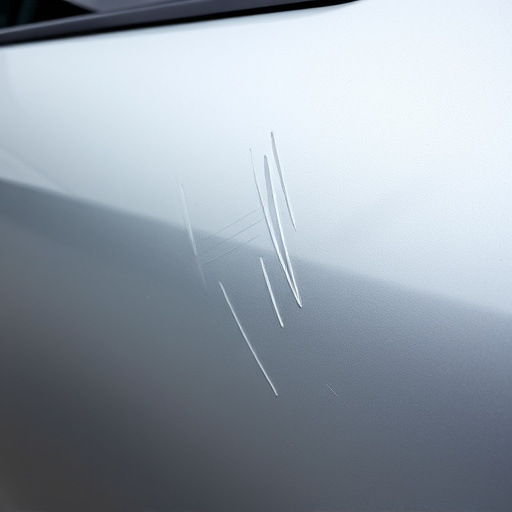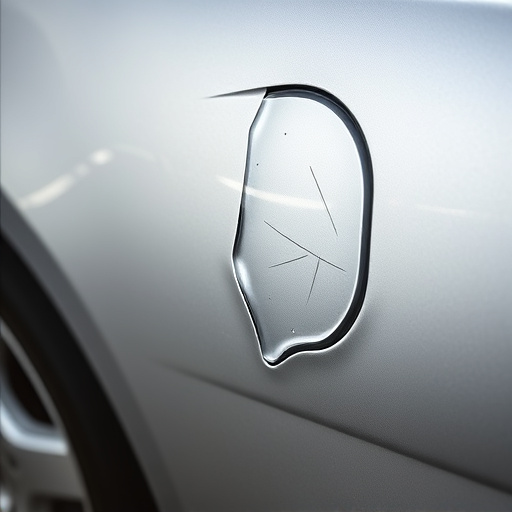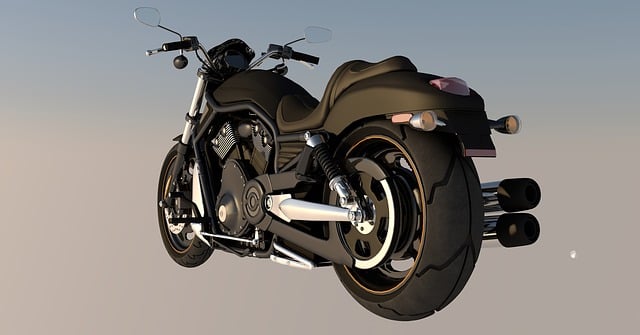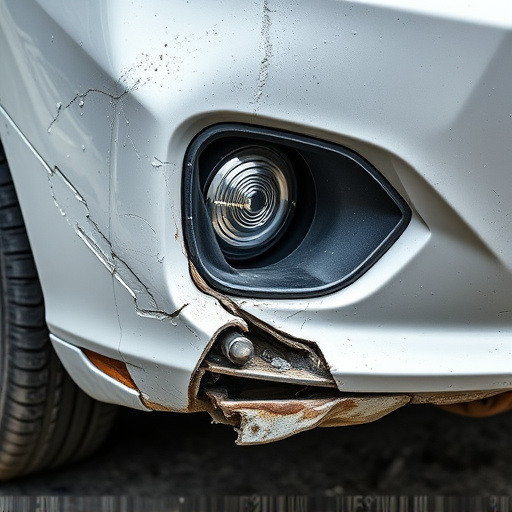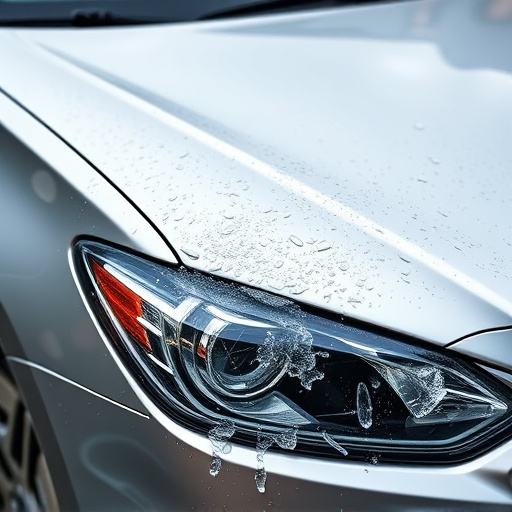Pickup truck body repair has advanced dramatically, driven by technological innovations in automotive manufacturing. From simple, manual repairs to complex, modern techniques, today's services cater to intricate designs, advanced materials like steel and aluminum, and meticulous paint jobs. Collision repair shops now employ computer-aided design (CAD) and robotic welding, ensuring precise, high-quality work that maintains the iconic style and safety standards of contemporary pickup trucks, setting new benchmarks for the industry.
Pickup trucks, a staple of American automotive culture, have seen significant evolution in their body repair services. From the early days when repairs were a labor-intensive process using basic tools and materials, the industry has modernized with advanced technologies like computer-aided design (CAD) and 3D printing. Globalization has also streamlined access to parts, enhancing repair capabilities. As we look ahead, pickup truck body repair is poised for further innovation, embracing eco-friendly materials, automation, and personalized customization options, catering to the diverse needs of today’s truck owners.
- The Early Days of Pickup Truck Body Repair
- – Historical perspective on pickup truck construction and common body repair challenges in the past.
- – Tools and techniques used during early years.
The Early Days of Pickup Truck Body Repair
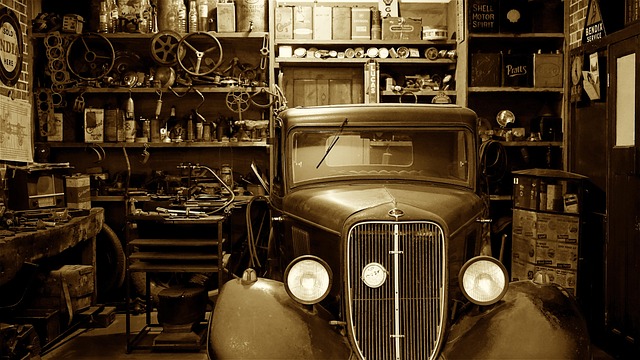
In the early days, pickup truck body repair was a far more rudimentary process compared to today’s advanced automotive repair services. Back then, the focus was primarily on fixing structural damage, often with simple tools and techniques. Most repairs involved straightening bent panels, replacing fenders or doors after collisions, and using conventional welding methods to fuse metal back together. The art of auto bodywork was a hands-on trade, where skilled technicians worked with their own set of tools and anvil-like surfaces to realign and reshape the truck’s body.
The evolution of pickup truck body repair has been driven by both technological advancements in automotive manufacturing and the increasing demand for precision and aesthetics. With modern trucks featuring complex designs, seamless body panels, and advanced materials like steel and aluminum, auto bodywork has become a highly specialized field. Today, services range from basic bumper repairs to complete paint jobs, ensuring that these workhorses of the road not only function optimally but also retain their sleek and original appearance.
– Historical perspective on pickup truck construction and common body repair challenges in the past.
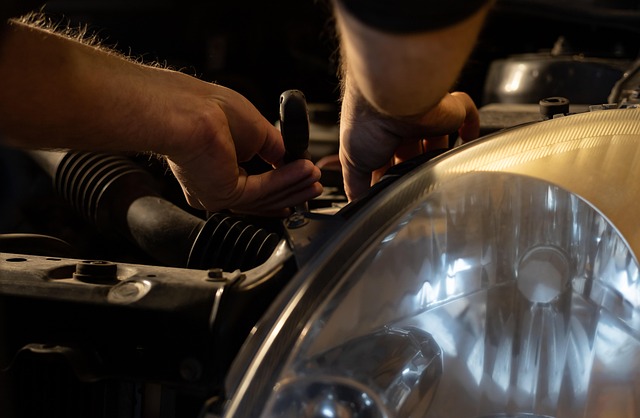
Pickup trucks, with their robust designs and versatile capabilities, have been a staple of American automotive culture for decades. Historically, their construction has evolved from simple, rugged frames to modern, complex structures, mirroring advancements in technology and safety standards. However, as these vehicles became more sophisticated, so did the challenges associated with body repair. In the past, pickup truck body repairs often involved straightening frames after accidents or replacing damaged panels, a process that required skilled craftsmen and specialized tools.
Common issues included dented or crushed bodies from collisions, corroded components due to exposure, and wear-and-tear damage from heavy use. Vehicle body shops would tackle these challenges using traditional methods like hammering, welding, and painting by hand. Today, collision repair services have embraced modern techniques such as computer-aided design (CAD) for precision measurement and robotic welding for increased efficiency, ensuring that pickup truck body repairs meet the high standards of contemporary vehicles while preserving their iconic style.
– Tools and techniques used during early years.
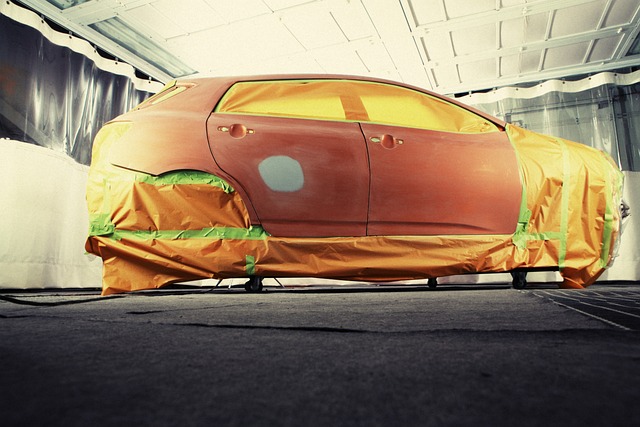
In the early days of pickup truck body repair, the tools and techniques were far more rudimentary compared to today’s advanced technologies. Skilled technicians relied on hand tools like hammers, chisels, and screwdrivers for shaping metal and making precise adjustments. The process was labor-intensive, requiring immense physical strength and dexterity. Sanding blocks, file tools, and crude paint brushes were the primary means of smoothing surfaces and achieving a smooth finish.
These early methods, while effective, often left visible marks and inconsistencies. Every repairman developed their unique techniques and shortcuts, leading to variations in the final product. As vehicles became more complex with advancements in design and safety features, the need for specialized equipment emerged. This transition laid the groundwork for the modern pickup truck body repair industry, where state-of-the-art equipment and computer-aided design now ensure precise, high-quality repairs that match the original factory specifications, elevating the standards of vehicle body shops and collision repair shops alike.
Over time, pickup truck body repair services have undergone a remarkable evolution, adapting to advancements in vehicle technology while addressing changing customer needs. From the early days when repairs were predominantly manual and tool-intensive, modern practices now incorporate advanced technologies like computer-aided design (CAD) and robotic welding for precision and efficiency. This transformation reflects the industry’s commitment to providing top-quality repairs that cater to today’s robust pickup truck models. As vehicle designs continue to innovate, so too will repair methods, ensuring that pickup truck body repair services remain at the forefront of automotive technology.
